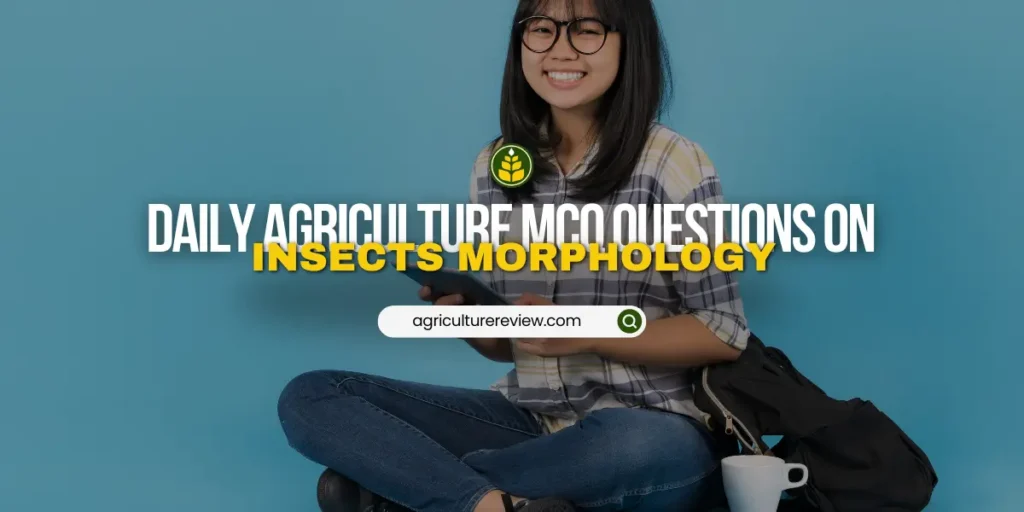1. Which class of the Phylum Arthropoda does the scorpion belong to?
2. What type of symmetry is characteristic of the Phylum Arthropoda?
3. Which feature is common to all Arthropods?
4. In the classification of insects, which class do they belong to?
5. Which body regions are distinct in insects?
6. What is the primary respiratory organ in insects?
7. Which arthropod class includes millipedes?
8. What is the main characteristic of the Crustacea class?
9. What type of body fluid is found in Arthropods?
10. Which class of Arthropoda has organisms with two pairs of antennae?
11. Which class in the Phylum Arthropoda includes centipedes?
12. What type of visual organs do insects have?
13. What type of muscles are found in Arthropods?
14. Which developmental process is absent in scorpions?
15. Insects primarily respire through which structure?
16. What is the characteristic feature of the exoskeleton of Arthropods?
17. Which of the following insects undergoes complete metamorphosis?
18. What is the main function of malpighian tubules in insects?
19. Which of the following is a characteristic feature of Myriapods?
20. Which hormone is responsible for moulting in insects?
21. What is the primary role of hemocytes in arthropods?
22. In which habitat are crustaceans primarily found?
23. Which type of circulatory system is present in Arthropods?
24. What is the role of the tympanal organ in insects?
25. Which substance is primarily responsible for the hardening of the insect cuticle?
26. Which structure is involved in the excretion of nitrogenous waste in insects?
27. What is the function of the pedipalps in arachnids?
28. In insects, what is the role of the crop?
29. What type of metamorphosis do butterflies undergo?
30. Which of the following is an example of an arachnid?
31. Which part of the insect brain is responsible for processing visual information?
32. What is the primary function of spiracles in insects?
33. Which of the following orders does the honeybee belong to?
34. What structure in insects aids in detecting chemical signals?
35. What is the main characteristic of the order Coleoptera?
36. Which arthropod is known for its regenerative abilities?
37. Which structure in insects is used for sound production?
38. What is the main characteristic of the order Diptera?
39. Which insect order is characterized by having a “waist” between the thorax and abdomen?
40. What is the function of the exoskeleton in arthropods?
41. Which type of metamorphosis is characterized by a pupal stage?
42. In which arthropod class are chelicerae found?
43. What is the primary function of the fat body in insects?
44. Which insect is known for its role in biological control due to its predatory nature?
45. What is the function of hemolymph in arthropods?
46. Which structure in insects is responsible for detecting light intensity and direction?
47. What is the primary mode of reproduction in Arthropods?
48. Which organ is involved in the sense of balance in crustaceans?
49. Which insect order includes species that are primarily aquatic during their nymph stage?
50. Which of the following is a distinguishing feature of insects in the order Lepidoptera?







I got 26 only , thank you for these it really help us in gaining more knowledge especially when it comes to board exam . Thank you so much
Welcome Agriculturist, All The Best For Your Upcoming Examinations!